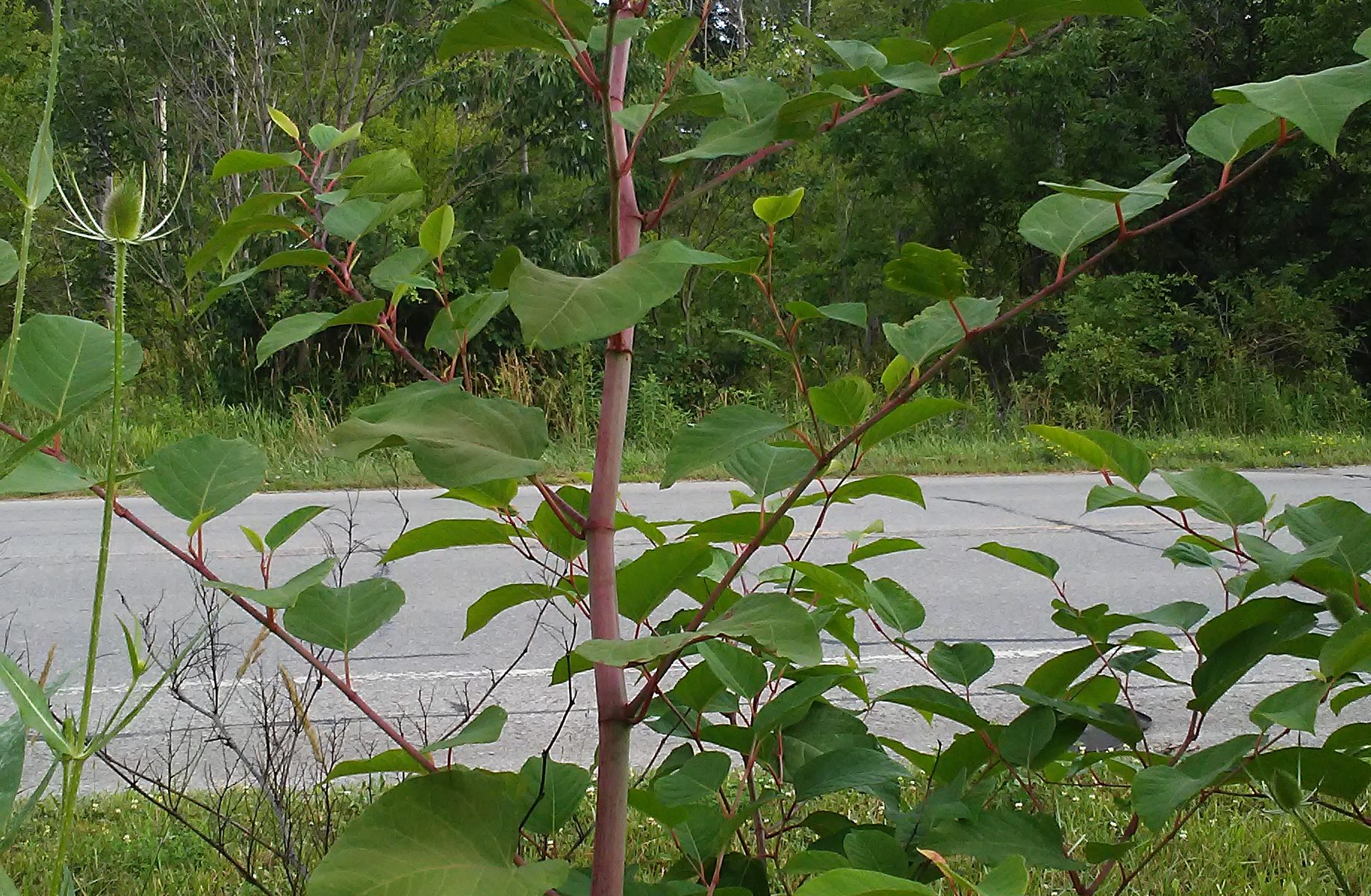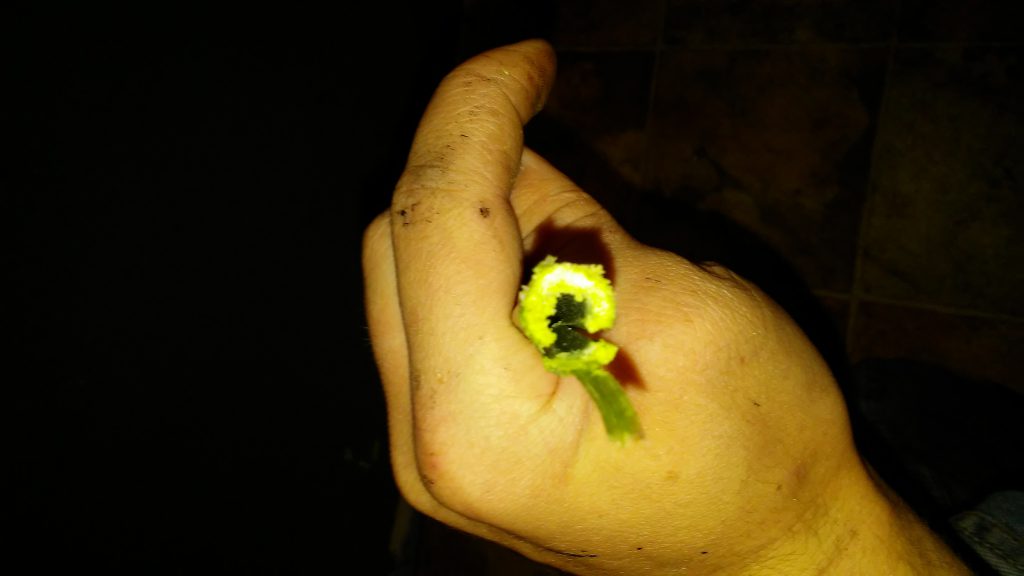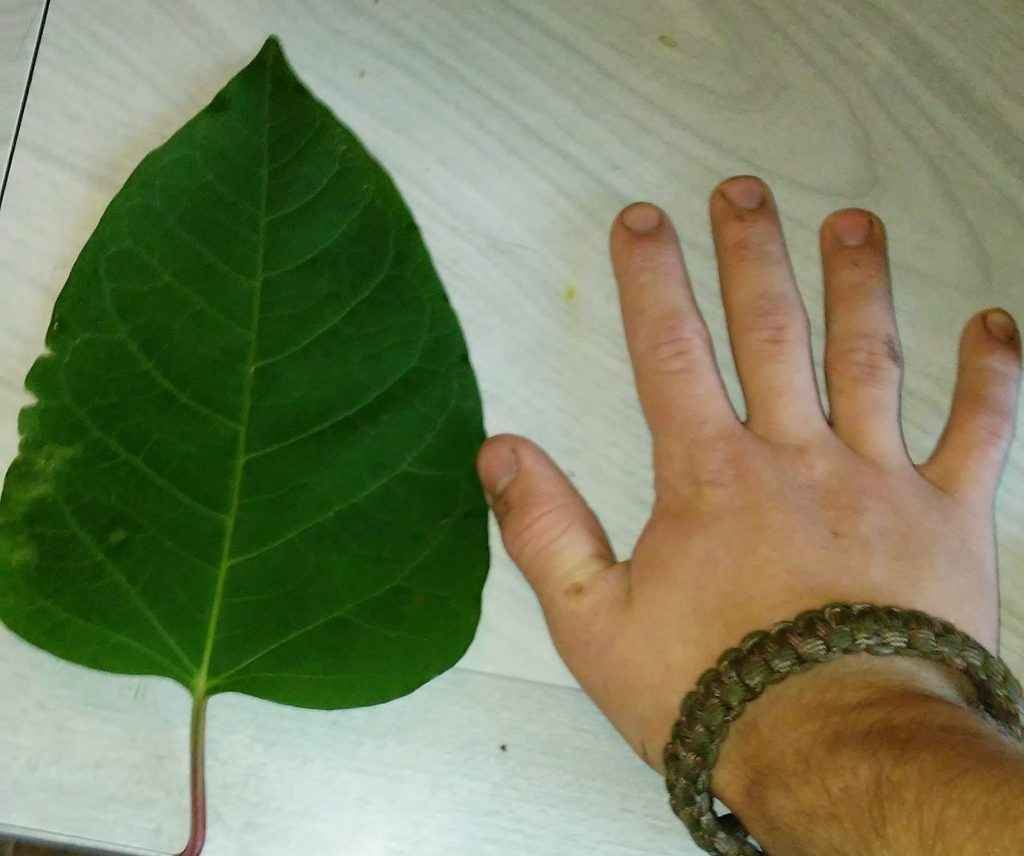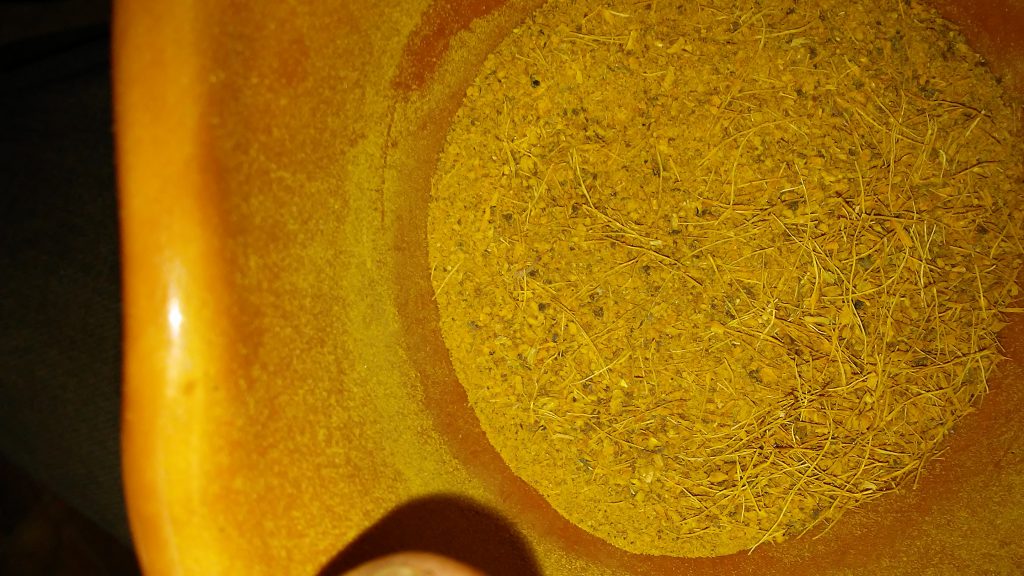OWLS NEST HIKE PENNSYLVANIA | ALLEGHENY NATIONAL FOREST | MARIENVILLE PA
Japanese Knotweed- Cure for Lyme Disease!
There could be a plant near you that is known to CURE Lyme disease! This plant is called Japanese Knot-weed. This useful plant is seen as a weed, therefore, people just get rid of it and don’t use it for anything. Japanese Knot-weed grows wild along drains and other wet areas in the woods with good sunlight.
Identification Japanese Knotweed
Japanese Knot-weed can grow up to 3 meters tall. The stalk of the plant is hollow and bamboo like and the coloration is purple fading into green. The leaves are green and heart to shovel shaped and can grow up to 20 cm across. In late summer, small clusters of white flowers form on the plant. It is pretty obvious once you know what you are looking for because of its unique traits.
Root Identification
The roots are dark and wood like. The inner bark is orange and has a musty smell when cut into.
Uses of Japanese Knotweed
You can eat the stalks in early spring. The roots help Bronchitis, coughs, gum disease, sore mouth and throat, lung disease, skin disorders, fluid retention, tuberculosis, stop bleeding, and Lyme disease. Also, it is also anti-microbial, protects the central nervous system, clears out endotoxins, anti oxidant, and is anti anxiety for example. This plant is an anti-inflammatory and plaque preventative.
WARNINGS
If you are pregnant or breast feeding, do not use this plant.
Medicine Preparation
Take the roots and wash the dirt off. Then, cut off the bark all the way down past the orange layer but not into the white wood. Collect the chips and dry them out. Next, to make the medicinal tea, take the dried chips and powder them. the ratio is 30 grams of powder to 1 quart of water and simmer for 30 minutes. The tea will be strong and bitter.
Food Preparation
The best time to eat these plants is in the early spring. After that, they get too woody to eat. Because of this, its best to harvest them early. To prepare, peel the outer layer off and chop up into discs to put in salads or eat it like celery. Some people say it tastes like green apple, others say it tastes like rhubarb. I guess you will have to forage for some and find out yourself!








